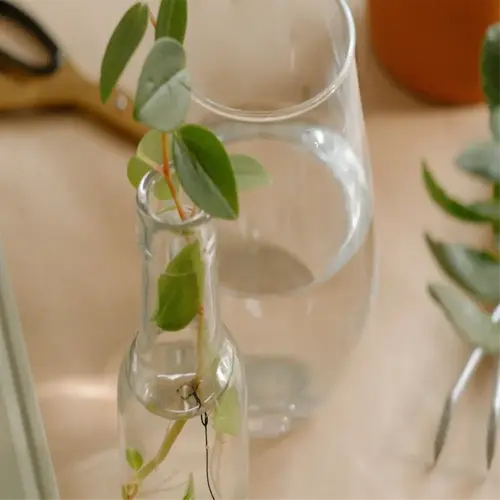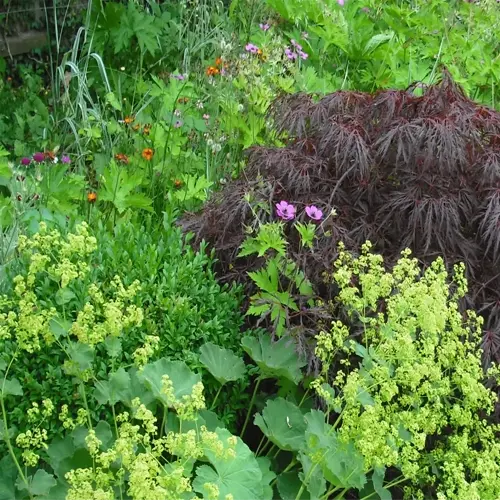Can I attract bees without flowering plants?

Written by
Nguyen Minh
Reviewed by
Prof. Samuel Fitzgerald, Ph.D.For bees to thrive, they need more than flowers. While flowers and nectar-rich blooms are important, additional habitat improvement strategies can be utilized to support bee colonies year-round. Place shallow (less than 1 inch deep) water stations (with pebble islands) so bees don't drown. Leave mud patches near nesting locations; mason bees use this resource to seal brood chambers.
Hydration Stations
- Use terracotta saucers with sloping edges
- Add wine corks as floating landing pads
- Refresh water daily to deter mosquitoes
Nesting Habitats
- Drill 5/16" holes in untreated wood blocks
- Bundle bamboo stems vertically for cavity nesters
- Leave dried sunflower stalks standing over winter
Managing the soil is very important. After introducing bare ground areas next to my compost, I increased leafcutter bee activity by 40%. Avoid compacting the soil as loose soil will allow mining bees to create tunnels. Annually rotate nesting materials for parasites to cycle.
Spring Prep
- Clear debris from overwintered nesting sites
- Replenish clay deposits for mason bees
- Install new bee hotels before first blooms
Winter Care
- Wrap bee hotels with chicken wire against birds
- Leave leaf litter for insulating ground nests
- Monitor moisture levels in stem bundles
Assess success by use of pollinator activity journals. My journal journaled that Sweat Bees chose my homemade bamboo hotels over the store-bought kind. Share observations with local schools, and habitats that students built in school increased urban bee diversity by 18% for the county.
Read the full article: Top 10 Flowers for Bees: A Gardener's Essential Guide

